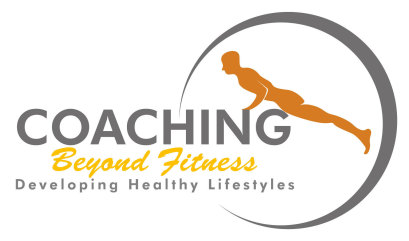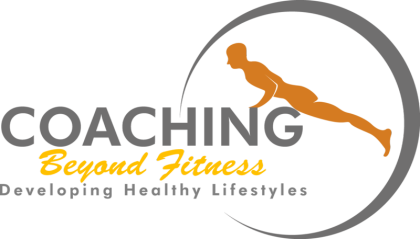Fitness Tools
Target Heart Rate Calculator
Your target heart rate is the range at which sustained physical activity—running, cycling, swimming laps, or any other aerobic exercise—is considered safe and effective. It is a percentage of what your maximum heart rate should be. The more fit you are, the higher the percentage can go. This calculator uses the age-based method to determine your target heart rate.
Enter Your Information
Your Results
Based on your fitness level and age, your estimated target heart rate is to beats per minute (60 seconds). Your estimated maximum heart rate is beats per minute (60 seconds).
About your results
Your target range depends on how physically fit you are. If you believe you are out of shape, your target rate should be 50 to 70 percent of your maximum heart rate. At your current fitness level or if you are just starting an exercise program, your target heart rate should initially be at 50 to 60 percent of your maximum rate. As your fitness improves, you may increase your heart rate to 70 percent of maximum. However, if you have any heart problems, are an older adult, or haven't exercised regularly in the past, consult with your physician before starting a rigorous exercise program.
Your target range depends on how physically fit you are. If you believe you are fit, your target rate should be 70 to 80 percent of your maximum heart rate. Because you believe you are physically fit, it is assumed that you exercise regularly and do not have any conditions that would make it unsafe for you to exercise.
Your target range depends on how physically fit you are. If you believe you are athletic, your target rate should be 80 to 90 percent of your maximum heart rate. Because you consider yourself athletic, it is assumed that you exercise regularly and vigorously, and do not have any conditions that would make it unsafe for you to exercise.
Finding your heart rate
To find out what your heart rate is during exercise, you must first stop briefly to take your pulse. The easiest places to find your pulse are at your neck and wrist. Place your fingers (not the thumb) on either of these locations and press lightly. Count the beats you feel for a full 60 seconds, or for 30 seconds and double the result. An easier way of finding your heart rate is to buy an inexpensive pulse monitor, available at sporting goods stores and discount stores.
Why should you care?
Regular exercise is important to help you stay healthy and maintain a normal weight. When you exercise, you should know how vigorously you are working out. Your target heart rate can tell you that. Keep in mind that exercise doesn't have to be strenuous to offer health benefits. You can improve your fitness with a 30- to 60-minute workout of moderate intensity most days of the week. You can break up this amount into smaller portions throughout the course of the day. If you are a beginner, you will want to start at a less vigorous level and work up to a moderate intensity as you become more fit.
This calculator is not intended to replace the evaluation of a health care professional.
Body Fat Calculator
Age-adjusted Body Fat Charts
Women
| Age | Under-fat | Healthy Range | Overweight | Obese |
| 20-40 yrs | Under 21% | 21-33% | 33-39% | Over 39% |
| 41-60 yrs | Under 23% | 23-35% | 35-40% | Over 40% |
| 61-79 yrs | Under 24% | 24-36% | 36-42% | Over 42% |
Men
| Age | Under-fat | Healthy Range | Overweight | Obese |
| 20-40 yrs | Under 8% | 8-19% | 19-25% | Over 25% |
| 41-60 yrs | Under 11% | 11-22% | 22-27% | Over 27% |
| 61-79 yrs | Under 13% | 13-25% | 25-30% | Over 30% |
BMI Calculator
Target Heart Rate Calculator
| Exercise Target Heart Rate |
| Exercise Target Heart Rate |



